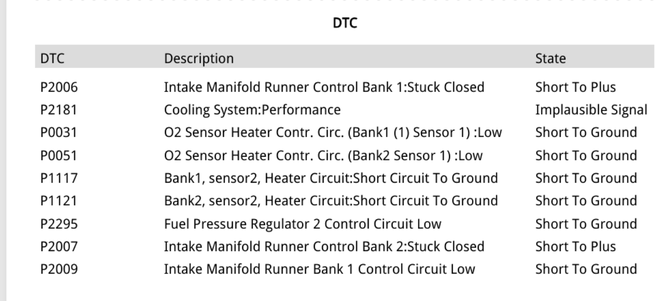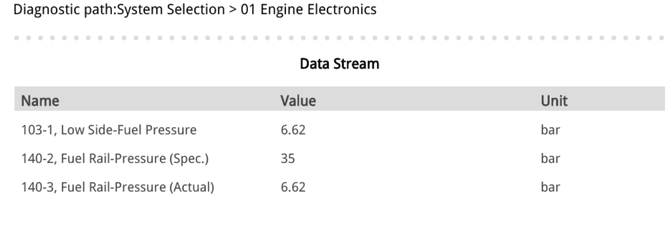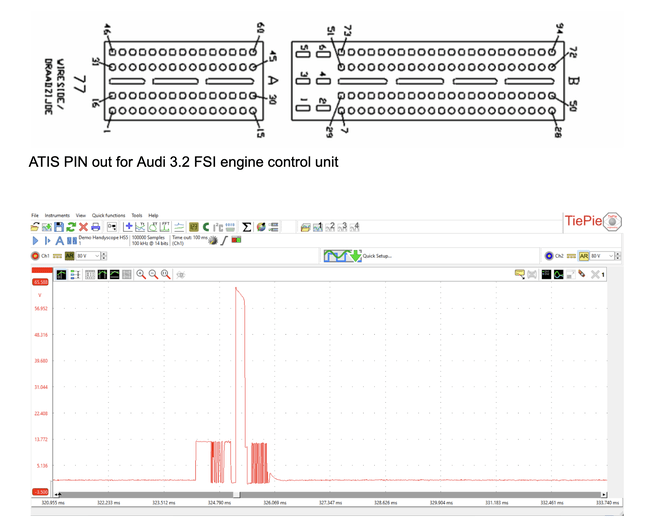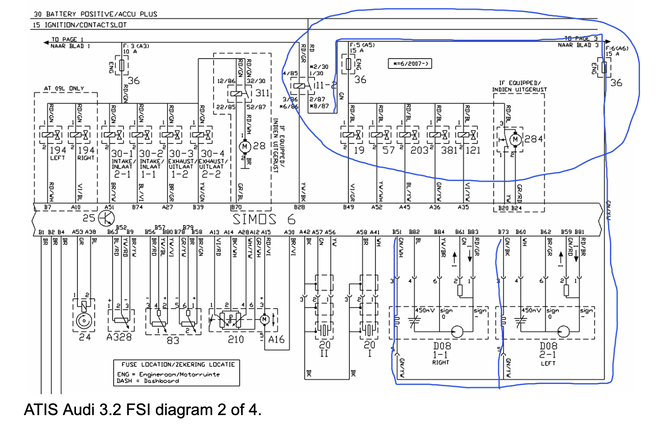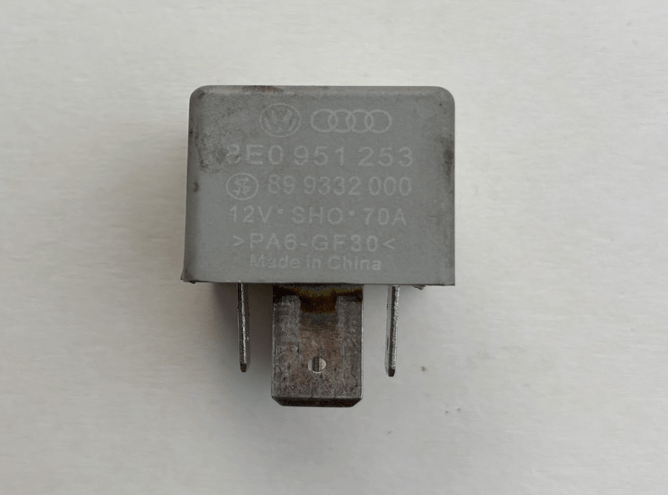AECS Equipment Technical support recently assisted in a trouble case with a Audi A4 3.2l FSI with low engine power.
The following story is how we worked through to a solution. ...
Audi 3.2 FSI not wanting to increase engine speed. It had a new fuel tank lift pump fitted a few weeks ago and a couple of ignition coils due to intermittent misfires during the previous visit to the workshop.
The workshop scanned the vehicle and found the following fault codes present in the powertrain control unit.
The technician had viewed live data for the engine sensors. He had noted that the actual fuel pressure for the high pressure pump was identical to the low pressure pump. The engine control unit was commanding 35 bar but only achieving 6.62 bar.
Launch live data report Audi 3.2 FSI fuel pressure
A new high pressure pump was installed and the vehicle ran in exactly the same manner as before the new high pressure fuel pump was installed.
The questions to the AECS tech support team was
Do we have a faulty new high pressure pump ?
How can we prove this ?
If not the high pressure pump, where from here?
The AECS team suggested we first use the shops ATS scope to measure the operation or otherwise of the high pressure fuel pump. We can inspect power and ground, also the control units switching of the high pressure pump solenoid which would show any issues in pump itself.
Due to the difficulty in accessing the high pressure pump wiring loom, the technician used a pin out from the ATS scopes onboard database ATIS( Automotive test and Information system ) and accessed the wiring for the high pressure pump by back probing the engine control unit multi plug. The following pattern was recorded and the technician noted the engine was operating as normal with no issues revving.
We now knew we had an intermittent issue with the high pressure fuel pump. The fault codes were reinspected and it was possible to clear out all of the fault codes present in the engine control unit. This is a huge clue as to what our issue might be.
With several different components showing shorts to ground in our scan report, it is likely we have a failing power supply. The test for this theory would be to look at a wiring diagram and see if any of the components showing fault codes share a common power supply
ATS scope recording of Audi HP fuel pump. We can see the control of the solenoid charging by the engine ECU, power, ground while activated.
The ATIS wiring diagram was reviewed to find any common power supply for the components on the fault code list.
Without digging to deeply we can see the relay 11-2 is the power supply to the HP fuel pump ( component 203 ), oxygen sensor heater circuits ( D08 ), manifold adjustment runner solenoid ( 57 ). All components highlighted in our original fault code report. Relay 11-2 is supplied power is to activate by relay 11-1 in the corresponding diagram. Relay 11-1 runs the ignition coils. We have had a running but not revving engine so it is a reasonable conclusion that we had a failure of relay 11-2. This was replaced and no revving issues or engine light since.
Conclusion
It is often not so easy to diagnose a vehicle. During the process other clues present themselves that make locating the issue possible. Having access to easy to read wiring diagrams such as ATIS cascading ( power at top to ground at bottom flow ) make following wiring very easy. During fault diagnosis it is a good idea to have a look at your codes and then refer to a wiring diagram to look for any links between faulting components. Using a quality scan tool such as Launch and then being able to look inside an electrical circuit in real time using a ATS scope gives technicians the ability to understand the health of the circuit and components. Unknown things become known and vehicles get confidently repaired. Some technical support is often needed when jobs do not go as planned to get jobs over the line in an efficient time.

